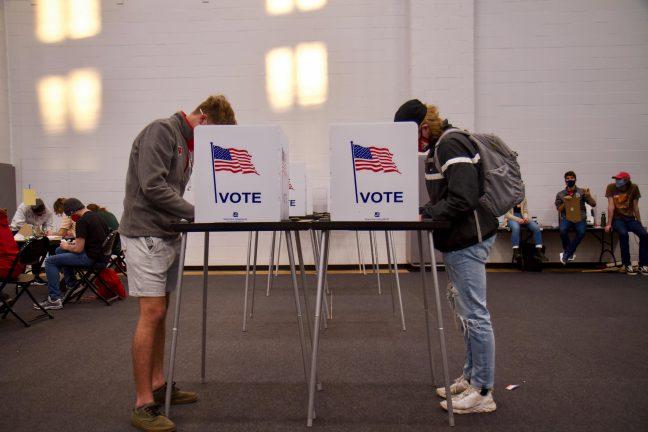In terms of getting home safely after a night out, apparently many Wisconsinites repeatedly find that a designated drunken driver is “good nuff.”
The state of Wisconsin needs to focus on punishing those who drink and drive on a regular basis in order to reduce our horrendous rates of driving under the influence.
Along with our famous cheese and dairy, it’s no mystery that Wisconsin has quite the thirst for alcohol. With one bar for every 1,862 citizens, Wisconsin averaged three gallons of alcohol consumed per capita in 2012, ranking fifth in the nation for most alcohol consumed on average.
Now this is all fine and dandy, but the fact of the matter is that after a night of drinking, people need to get home. Considering the fact that Wisconsin’s infrastructure depends heavily on cars, many bar-goers can easily find themselves too far away to walk home after a night out. This helps explain why Wisconsin had the highest drunk driving rate in the nation in 2009, according to the Wisconsin Department of Transportation.
Drunk driving is a serious issue in Wisconsin, but it’s an issue riddled with variables.
First, the legal blood alcohol content is 0.08 percent. That’s the limit. If you’re under, you’ve luckily avoided a major blunder, but if you’re over, you’ll lose the license to cruise in your Range Rover.
But anyone who has ever familiarized him or herself with the likes of Captain Morgan or Jim Beam knows that inebriation does not plateau when one’s BAC hits 0.08 percent — it increases as the alcoholic indulgence continues. Still, if the cops pull over someone with a BAC of 0.09 percent or a much higher BAC of 0.27 percent, they’ll get the same DUI either way, despite the discrepancy in the levels of inebriation.
Wisconsin’s current DUI laws include a 10-year “lookback” period. This means a person’s prior DUIs are relevant in the sentencing process for 10 years after conviction. With this system, if someone is convicted of another DUI during this time span, it would result in harsher punishments because consequences for drunk driving become increasingly stricter as the number of offenses increase.
Therefore, someone who receives a DUI one year after their first offense will receive the same punishment as someone who receives a second DUI nine years later.
Although a DUI is never something to be proud of, there should be a difference in the way the courts punish frequent drunk drivers.
Right now, the state’s punishment system for DUIs is black and white. For example, the first offense results in a suspension of the individual’s driver’s license for six to nine months, second offense results in the loss of license for 12 to 18 months and any other subsequent offense within the 10-year lookback period results in the loss of license for two to three years. That’s it. But it is too absolute of a system for an issue with many variables.
Though drunk driving is never acceptable, the people who drink and drive once every 10 years or so are not the real issue on Wisconsin roads. Not every drunk driver gets caught, but the state needs to focus on the people who drink and drive on a regular basis.
The fact of the matter is people can change a lot in 10 years, so there is no need for the lookback period to be that long for the occasional offender, especially when jail time maxes out at one year and driver’s license suspension is limited to three years for the first four offenses.
By shortening the lookback period, to possibly something like five years or so, and bringing down the hammer of justice on those who continue to drink and drive within that period after the first conviction, the true repeat offenders can face appropriate retribution.
And if people are at risk for recurring drunk driving, the current lookback period should be maintained, so their previous DUIs are relevant in sentencing for a longer period than those of an average driver. We know that alcoholism is directly related to drunk driving, so why can’t we keep closer watch on those who are more likely to drink and drive than the average citizen?
Alcohol makes things blurry, so placing reoccurring DUIs in a “one size fits all” system such as ours seems somewhat muddled, and it is not the best way to solve the very clear issue of drunk driving.
Phil Michaelson ([email protected]) is a sophomore majoring in biomedical engineering.













